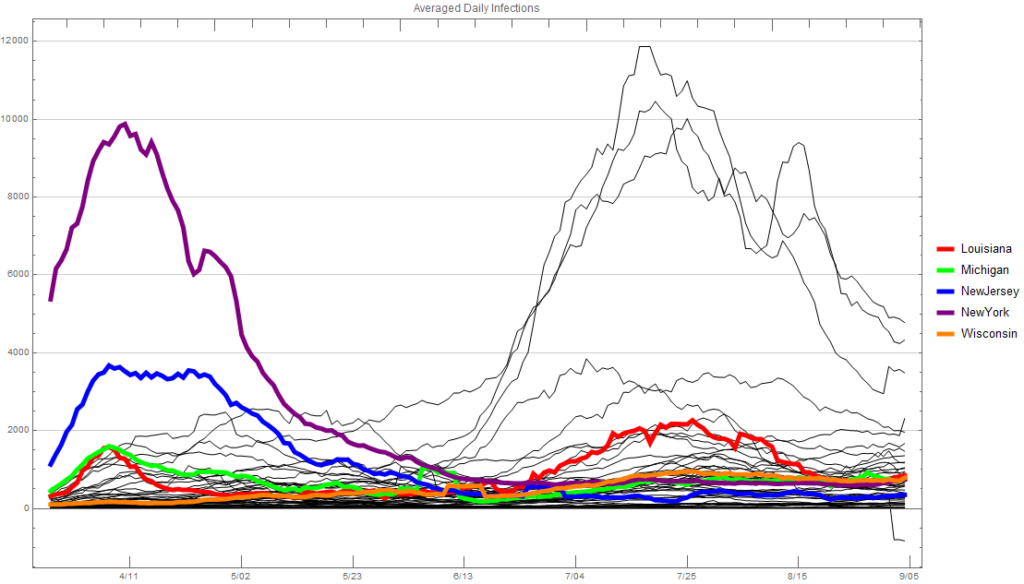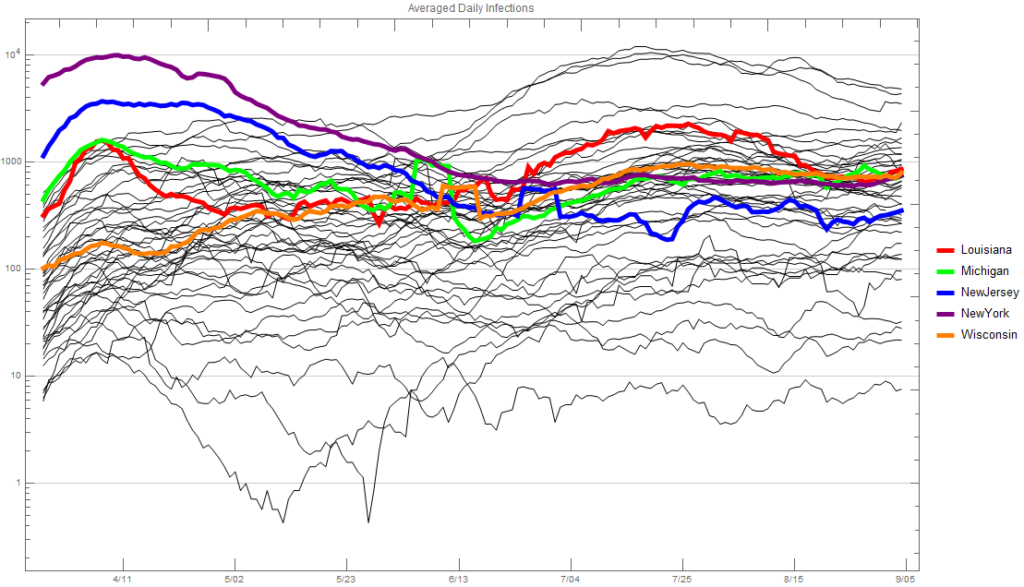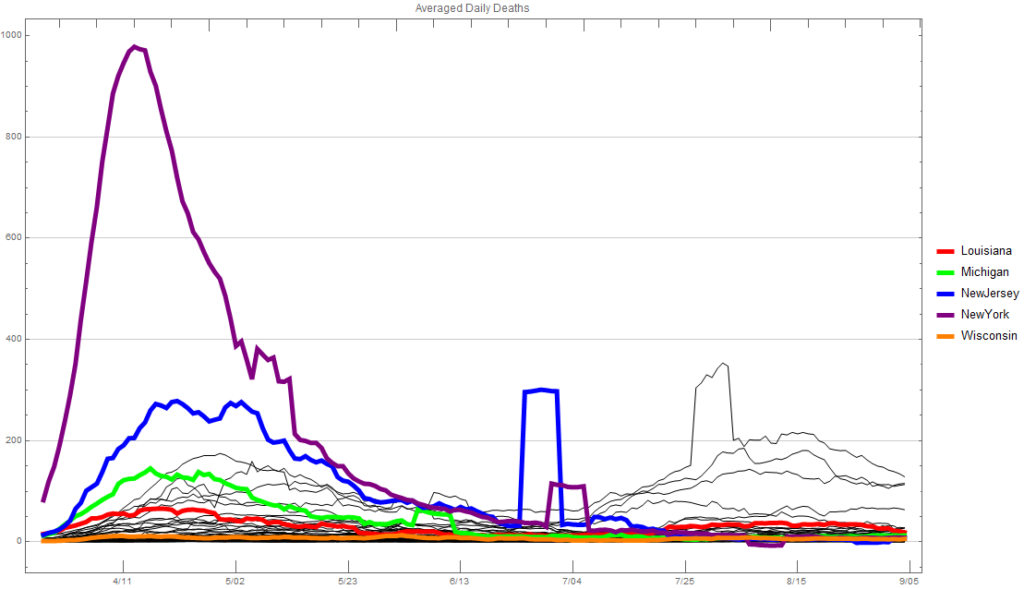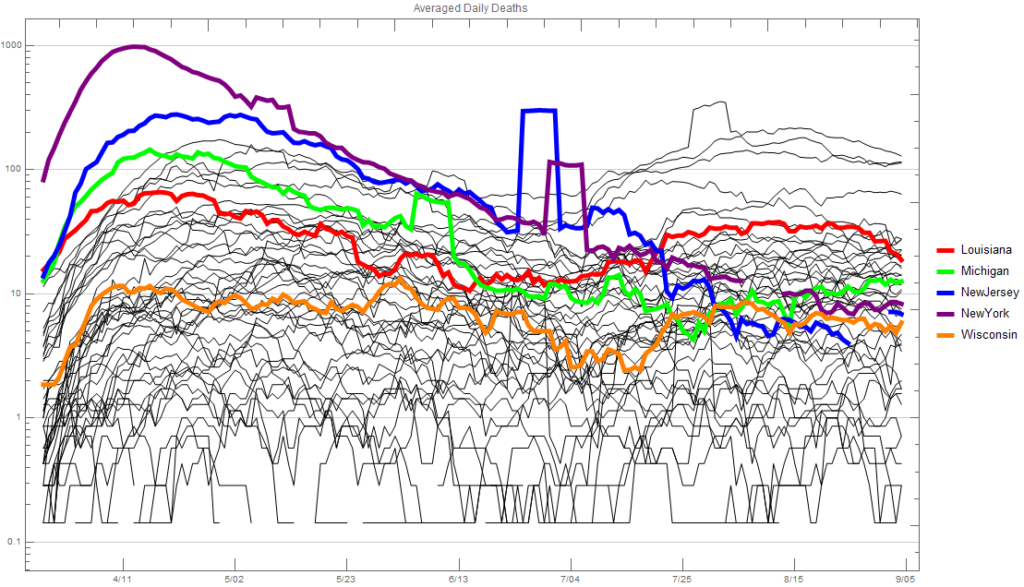Okay, I couldn’t help myself…
“Make no mistake…I’m not posting this for debate. I don’t seek or need commentary. Unfollow or unfriend me if it makes you feel better.”
Not posting for debate? Give me a break. Plus, you should be seeking commentary because that’s how views and opinions evolve, and how you learn.
“Just consider this…when you think the President is a jerk; he is.”
Agreed.
“He’s a New Yorker. He’s crude and can be rude. He gets his feelings hurt and he’s a hot head. He hits back; harder. And he should Tweet less.”
Agreed. Not sure about the hitting back harder. Often seems a lot like flailing and tantrums to me.
“Let me tell you what else he is.”
Please do…
“He is a guy that demands performance.”
As long as you agree with him, and the performances he demands appear to be mostly to entertain him. He also seems to demand a lot from his accountants and lawyers to bail him out of bankruptcies and paying taxes.
“He is a guy that asks lots of questions.”
Because he doesn’t understand a lot of stuff which is not necessarily bad. Asking questions is good, but asking if we can test injecting people with disinfectants is not. The bigger problem is he doesn’t seem to pay any attention to the answer unless it agrees with him.
“The questions he asks aren’t cloaked in fancy “political” phrases; they are “why the hell…” questions.”
No, they are just cloaked in self-grandeur and boasting about how great he is.
“For decades the health industry has thrown away billions of face masks after one use. Trump asks, “why the hell are we throwing them away? Why not sterilize them and use them numerous times?””
There’s a simple answer to that. It’s cheaper and more cost-effective that way. It’s why almost all medical supplies are “single-use”. Sterilizing things regularly costs a lot. Why doesn’t he ask why we all don’t carry a nice straw with us instead of using a disposable one?
“He’s the guy that gets hospital ships readied in one week when it would have taken a bureaucrat weeks or months to get it done.”
That hospital ship had almost zero impact on the situation in New York. It was great symbolism and showmanship but very little real benefit.
“He’s the guy that gets temporary hospitals built in three days.”
How did HE do that? It seems like he left that up to states and their leadership.
“He’s the guy that gets auto industries to restructure to build ventilators in a business that’s highly regulated by agencies that move like sloths.”
After people kept pushing him to use his powers to do this. I also wonder how many ventilators the auto industry has built. Plus, they still need to be tested and certified. There’s a reason medical equipment is highly regulated. It needs to work!
“He’s the guy that asks “why aren’t we using drugs that might work on people that are dying; what the hell do we have to lose?””
Drugs have side effects and a limited supply. Injecting disinfectants “might” work also.
“He’s the guy that restricted travel from China when the Democrats and liberal media were screaming “xenophobia” and “racist.” Now they’re wanting to know why didn’t he react sooner?”
Do you know how many American businesspeople got stuck in China? He’s a selective xenophobe, much like Hitler was come to think of it.
“He’s the guy that campaigned on securing the border – protecting America – in the face of screaming Democrats and the liberal media. When he shut down borders in the midst of the coronavirus virus, they screamed louder. Then the rest of the world followed suit, including the European Union with travel between their member countries.”
The rest of the world was shutting things down too. Securing the border isn’t really protecting America. And from what I’ve seen he’s not done anything to actually do that. Why aren’t we securing our northern border? The thing is, immigration from Mexico, legal and illegal, has been declining for decades. The standard of living between there and here is still very different but not as different as it was 30 years ago. Do you personally know anyone that has lost their job to a Mexican?
“Has he made mistakes? Yes.”
Agreed.
“Everyone I know has and does.”
Also agreed.
“The “experts” wouldn’t and haven’t done any better.”
It depends on the “experts” you listen to and if they are really experts. Are they also trying to sell a book, promote their podcast, or get elected? Experts are experts because they’ve studied a field extensively and probably have a more informed opinion than non-experts. Do you listen to everything an auto mechanic tells you as gospel? Do you get second opinions? Experts disagree all the time, it’s what keeps fields advancing. Most experts are making educated guesses because things are complicated. I’d rather have an educated guess than a non-educated one.
“Trump is working harder than I’ve ever seen a President work. Twenty-four hour days. He isn’t hiding in his office; he’s outdoor front – Briefing – every day.”
He’s outdoors briefing because he’d rather be in front of the cameras than actually working. I’m not sure why him “briefing” reporters ever day is working. It seems like he spends an awful lot of time simply bragging about himself and his genius, tweeting, and watching TV.
“When he offers hope, he’s lying and when he’s straight forward, he should be hopeful. It’s a no win situation, but he’ll not be deterred.”
Sometimes we need a cheerleader and I think it wasn’t necessarily bad that he tried to calm fears at the beginning of this. However, as he saw the rapid exponential growth and problems it was causing he should have quit saying things like “the cases will be zero soon”. The thing is, he is lying, or bullshitting (there’s a difference) most of the time. There’s a way to calm fears and not lie. Politics is really by its very nature a no-win situation. Every politician deals with that. I think Trump does it very poorly because he’s simply too arrogant to listen to anyone.
“I’ll take this kind of leadership six days a week and twice on Sunday over a “polished, nice guy” politician who reads prepared speeches from a teleprompter and answers pre-scripted questions.”
Polished, nice guys are not great either. As George Carlin said about Bill Clinton, “The American people like their bullshit right up front, where they can get a good, strong whiff of it. Clinton might be full of shit, but at least he lets you know it. Dole tried to hide it, didn’t he? Dole kept saying, “I’m a plain and honest man.” Bullshit! People don’t believe that. What did Clinton say? He said, “Hi, folks! I’m completely full of shit, and how do you like that?” And the people said, “You know something? At least he’s honest!”” (https://www.youtube.com/watch…)
“He is my President.”
Unfortunately…
“Copy and share if you agree.”
Likewise.







You must be logged in to post a comment.